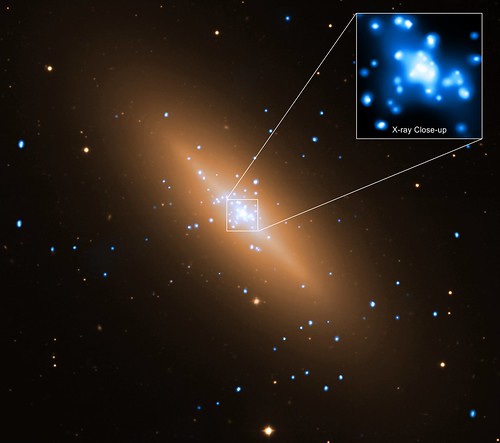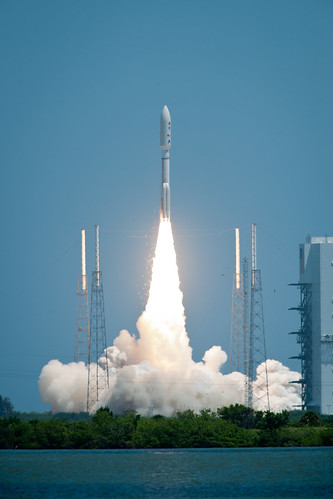Awesomeness Round-Up – 8/8/2011
- By Faith Tucker
- August 9, 2011
- Comments Off on Awesomeness Round-Up – 8/8/2011
NASA’s Mars Reconnaissance Orbiter has revealed new images that show some Martian slopes that change over the course of the Martian seasons. The scientists involved in the project think that best explanation for these seasonal changes would be the flow of salty water, much like our oceans. I wonder what the Martian beach crowd is like…
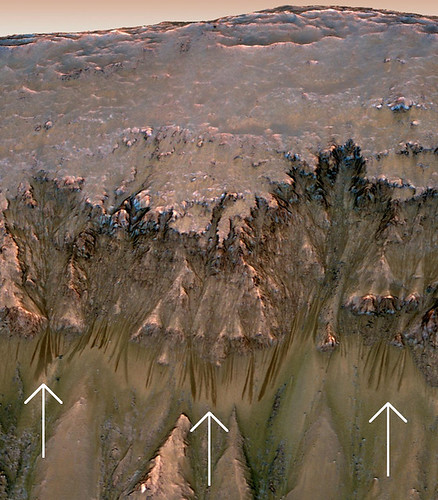
Mars Reconnaissance Orbiter images show dark deposits on a crater wall that may be from seasonal water flow on Mars.
Image credit: NASA/JPL-Caltech/Univ. of Arizona
Here at Goddard, we’re doing some pretty serious science, but we’re still able to appreciate the humor of it all. Here’s the first of the “Caption This” series in which viewers submit their own witty, snarky captions for pictures of some of that ever so serious science. Don’t forget to check out this week’s “Caption This” and come up with your own clever caption!
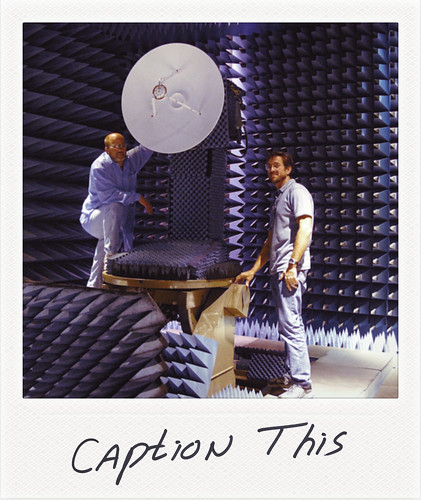
The winning caption: “Okay, a little to the left … now raise your right leg … that’s it! Don’t move! I’ll go tell the guys we’ve got the game on.” (andrapb, via Instagram)
Black holes are a perennial favorite among scientists and space enthusiasts alike, and NASA’s Chandra X-ray Observatory recently expanded our understanding of black holes when it discovered the first crisp image of hot gas flowing into a one. When gas is still 700 lightyears away from the supermassive black hole in the heart of the large galaxy NGC 3115, its motion becomes dominated by the black hole’s gravity, compressing and heating the gas until it emits in the X-ray. And as is generally true in science, exciting findings like this bring up even more questions just waiting to be answered.
For you iPad users, no fear, you can now take NASA science with you everywhere you go! Check out the new NASA Visualization Explorer App here.
You knew the James Webb Space Telescope held amazing promise for science in the future, but did you know that it’s already making our world just a little bit better?
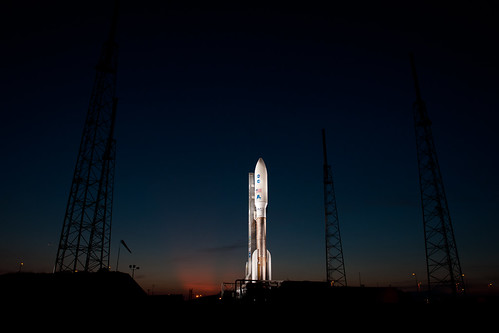
The Atlas V rocket waiting on the launch pad to send Juno on its way, credit: NASA/Bill Ingalls
Last Friday the Juno spacecraft was launched from Cape Canaveral to begin its five-year journey to Jupiter. Once in orbit around our Solar System’s most massive planet, Juno will help us to learn about Jupiter’s origins, structure, atmosphere, and magnetosphere in previously unattainable detail.
The Herschel Space Observatory discovered Oxygen molecules in the Orion Nebula (though I wouldn’t take your space suit helmet off just yet). Scientists think these Oxygen molecules were once wrapped up in water ice that covers tiny dust particles in this dusty star-forming region. When light from nearby young stars heated the dust grains, the water ice released these oxygen molecules.


